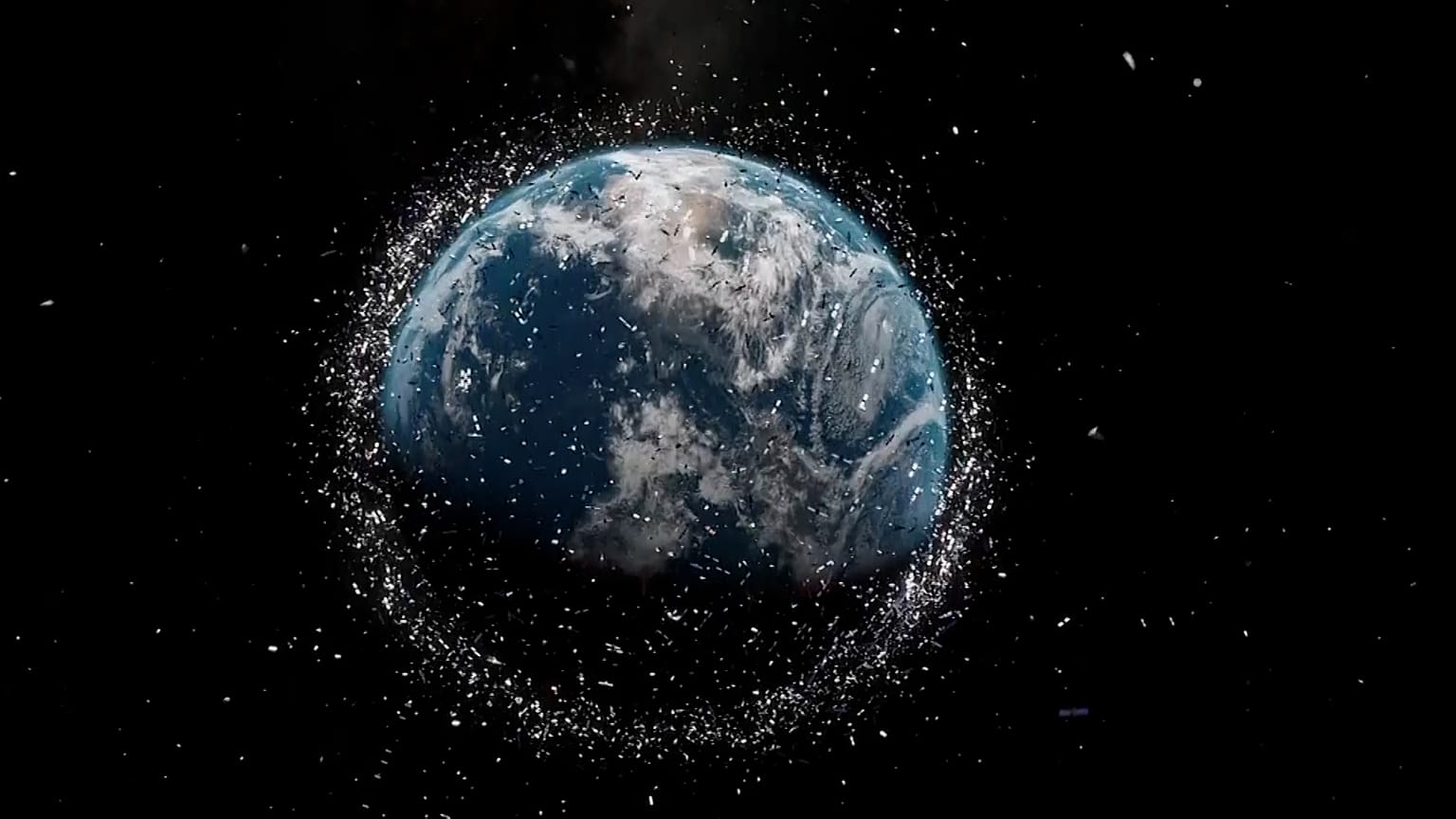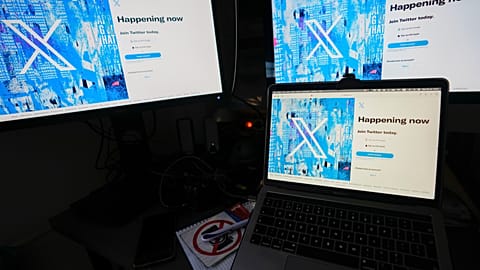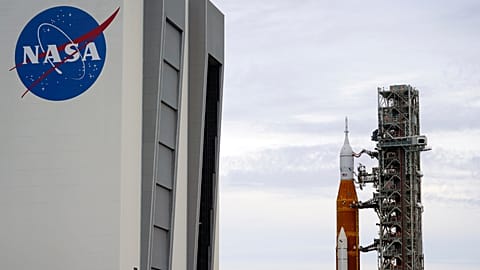It's not just on Earth where we struggle with waste. Tonnes of rubbish is circling in space but here's the solution.
The long-standing problem of space junk is finally being tackled by Japanese firm Astroscale. They have launched a special test mission, sending a pair of satellites up into space to remove dangerous debris orbiting our planet.
The technology is called 'ELSA-d' meaning End-of-Life Services by Astroscale demonstration. The rocket carrying the satellites took off on the 22nd of March from Baikonur Cosmodrome, Kazakhstan.
Experts have long warned that the estimated 9,200 tonnes of space junk circling the planet pose a threat to the satellites we rely on for weather reports, air travel and global communications.
The problem could get worse as private companies including SpaceX, Google and OneWeb prepare to send a flurry of new satellites into space.
What will happen during the test mission?
The mission is launching two spacecraft into orbit - a servicer satellite to collect debris, and a client satellite to pose as the debris.
The servicer satellite has been developed to safely remove debris from orbit, using proximity technologies and a magnetic docking mechanism. The client satellite is a piece of replica space debris fitted with a plate that enables docking.
Throughout the summer, ELSA-d will repeatedly release and dock with the client in a series of technical demonstrations, showing how it might find and dock with defunct satellites and other debris.
"What ELSA-d uses is a rigid robotic arm, as it were, that latches on magnetically and you can do all six degrees of freedom. So, up, down, left, right, backwards and forwards, and all the rotations," explains Chris Walker, principal spacecraft operations engineer.
"So, by fitting a prepared client with a very lightweight magnetic docking plate, that allows ELSA-d to capture, stick on, and then control it."
Demonstrations will include looking for the client, inspecting it and meeting up with it, and both tumbling and non-tumbling docking, something Walker and his colleagues call the "dance mode".
Click on the video above for the full story.
Every weekday at 15.30 CET, Euronews Living brings you a cutting edge, environmental story from somewhere around the world. Download the Euronews app to get an alert for this and other breaking news. It's available on Apple and Android devices.


















